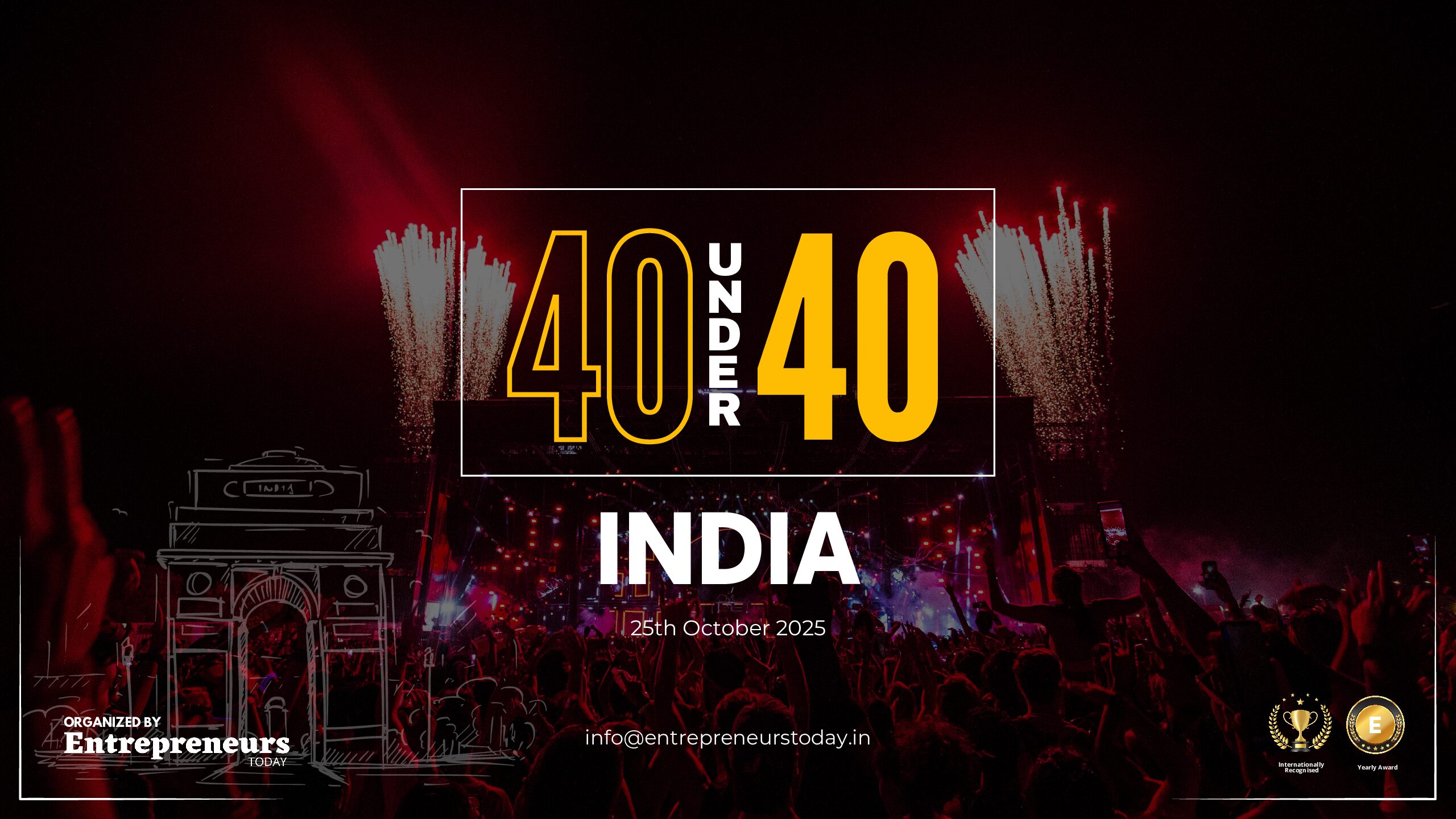
As the world steadily moves towards digitalization, India has decided to enter the race by introducing its own Central Bank Digital Currency (CBDC). The Finance Minister, Nirmala Sitharaman, announced in the 2022 budget that India will soon launch its own digital currency, named E-rupi, which will be the digital avatar of the Indian Rupee. The Reserve Bank of India (RBI) will oversee the launch of CBDC, which will provide a futuristic alternative to traditional currency.
In simpler terms, CBDC is nothing but the virtual form of the Indian Rupee, which will enable seamless digital transactions. It will be similar to FIAT currency in the digital space and will revolutionize the way we conduct financial transactions.
Understanding the Differences Between CBDC, Cryptocurrency, and UPI
Although CBDC and Cryptocurrency share some similarities, they are not the same thing. Cryptocurrency is a decentralized currency that operates on blockchain technology, free from government regulations. On the other hand, CBDC is entirely controlled by the central bank, adhering to its regulations. E-rupi, although stored in a digital wallet and utilized for wallet-to-wallet transactions, is not a cryptocurrency.
CBDC differs from UPI, which is already being utilized for digital transactions in India because UPI transactions are backed by physical cash, while CBDC solely operates on digital currency. The RBI directly launches CBDC, making it the digital twin of the Rupee.
CBDC, being a legal tender, distinguishes itself from cryptocurrency, which is not acknowledged as a legal tender. The introduction of CBDC will place India amongst the countries that have already accepted digital currencies, creating a more transparent, efficient, and secure financial environment in India.
India’s CBDC: The Future of Digital Transactions and a Sustainable Financial System
As digitalization continues to revolutionize our world, the need for digital currency has become more apparent. The traditional use of physical cash is becoming obsolete, as people switch to digital modes of payment. Recognizing this shift, the Indian government has introduced its own digital currency, CBDC (Central Bank Digital Currency) or E-rupi, in its budget 2022.
The CBDC will be the digital twin of the Indian Rupee, issued by the Reserve Bank of India (RBI), providing a cost-effective alternative to printing physical currency. Printing physical currency costs approximately Rs 4984 crores, and up to 8000 crores every year, making the digital currency a more sustainable and cost-effective option.
Additionally, the introduction of CBDC will facilitate more transparent digital transactions, limiting the possibility of corruption. With no intermediaries like banks involved, cross-border transactions will become faster and more affordable. This move towards digital currency will bring India to the forefront of the digital revolution, streamlining financial transactions and securing the nation’s financial future.
Revolutionizing Transactions and Opening New Avenues for Businesses
The versatility of digital currency is a game-changer, providing a lifeline during emergencies with the ability to convert into cash through dedicated systems. In addition, its seamless operation in areas with limited network connectivity makes it an indispensable tool.
The introduction of digital currency in India has unleashed a world of opportunities for businesses and startups, catalyzed by the innovative UPI system that gave rise to trailblazing startups like PhonePe. With the launch of digital currency, businesses and startups now have fertile ground to cultivate and create novel products fueled by cutting-edge technology.
As the world hurtles towards a digitalized future, the digital currency has become an urgent necessity in India, unlocking myriad benefits such as cost savings, increased digital transactions, combatting corruption, and facilitating faster, more economical cross-border transactions. India’s digital economy is embarking on an exhilarating new journey, offering boundless possibilities for seamless digital transactions.
CBDC and UPI
As digitalization sweeps across the globe, Central Bank Digital Currencies (CBDC) have become a hot topic of discussion. The need for a trustworthy, efficient payment and value storage system with robust security measures has never been more pressing.
In contrast, the Unified Payments Interface (UPI) is a digital infrastructure designed for seamless fund transfers between bank accounts. While UPI transactions are backed by tangible cash and require a bank account to initiate, CBDCs offer a tantalizing prospect of a fully digitalized future.
Advantages of CBDC
CBDCs come with a wealth of advantages, the most notable being a drastic reduction in currency maintenance costs as digital currency obviates the need for physical note printing and storage. Moreover, cross-border settlements become smoother and more economical sans intermediaries like banks.
The advent of digitalization spells better regulation and oversight over corruption, money laundering, and illicit funds, further strengthening the case for CBDCs. With its fluid conversion to cash and easy accessibility via digital wallets, CBDCs offer the same versatility as cryptocurrencies, with added benefits of government backing and stability.
Disadvantages of CBDC
While CBDCs offer immense promise, they also bring with them a host of challenges. The foremost among these is infrastructure management – safeguarding the technology from hackers and ensuring zero downtime will be a daunting task. Additionally, the risk of data breaches and theft may undermine data protection efforts, a crucial disadvantage of CBDCs.
Several economies, including the USA and Canada, are actively researching and developing digital currencies. Others, such as China and Jamaica, are in the developmental stages, while Russia and India have already entered their pilot phases. The Bahamas and Nigeria are currently the only countries that have implemented digital currencies.
The necessity for digital currencies cannot be overstated, and CBDCs offer a multitude of benefits. Yet, it is imperative to factor in the attendant challenges and arrive at a solution that enables efficient and secure transactions while preserving user data privacy.
Understanding the Types and Storage of CBDCs
CBDCs are of two types – account-based and token-based. The former is intended for banks and financial institutions, whereas the latter is for the general public. Issued in two sets – wholesale and retail – the wholesale currency or CBDC-W are account-based and meant for intermediary banks, while the retail currency or CBDC-R is token-based and aimed at the general populace.
CBDC-R is stored in a digital wallet similar to a cryptocurrency wallet. The wallet may be either custodial or non-custodial, and it will have a private key that must be kept confidential and secure. The private key is not a password but a random string phrase that serves as a safeguard against theft or hacking of the wallet.
Final Thoughts:
The introduction of CBDC marks a revolutionary step for economies, bringing with it several advantages over traditional cash such as faster, more secure transactions, and reduced costs. However, the implementation of CBDC poses significant challenges, requiring a robust infrastructure and foolproof security measures to shield the digital currency from downtime and cyber-attacks. The success of CBDC hinges on the ability of central banks and financial institutions to address these challenges and deploy the technology in a manner that benefits the economy and its citizens.
Read more: What is the future of the fintech industry in India in 2023?







